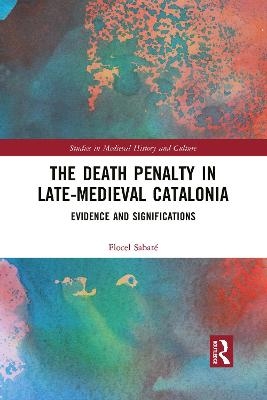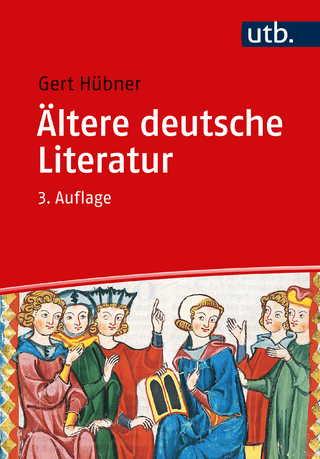
The Death Penalty in Late-Medieval Catalonia
Routledge (Verlag)
978-1-032-08954-6 (ISBN)
The death penalty was unusual in medieval Europe until the twelfth century. From that moment on, it became a key instrument of rule in European society, and we can study it in the case of Catalonia through its rich and varied unpublished documentation. The death penalty was justified by Roman Law; accepted by Theology and Philosophy for the Common Good; and used by rulers as an instrument for social intimidation. The application of the death penalty followed a regular trial, and the status of the individual dictated the method of execution, reserving the fire for the worst crimes, as the Inquisition applied against the so-called heretics. The executions were public, and the authorities and the people shared the common goal of restoring the will of God which had been broken by the executed person. The death penalty took an important place in the core of the medieval mind: people included executions in the jokes and popular narratives while the gallows filled the landscape fitting the jurisdictional limits and, also, showing rotten corpses to assert that the best way to rule and order the society is by terror.
This book utilises previously unpublished archival sources to present a unique study on the death penalty in late Medieval Europe.
Flocel Sabaté is Professor of Medieval History at the University of Lleida, Spain and Doctor Honoris Causa of the Universidad Nacional de Cuyo, Argentina. He is director of the journal Imago Temporis Medium Aevum and president of the Association of the Historians of the Crown of Aragon. He has served as a guest professor in universities and research centres as Concepción, ENS (Lyon), JSPS (Tokyo), Lisboa, Mexico, Paris-1, Poitiers, and Yale.
Acknowledgements
List of abbreviations
Chapter One: Introduction
Chapter Two: Precedent times: The Early-Medieval Justice Before Major Crimes
Chapter Three: Sovereignty and merum imperium
Chapter Four: The Symbology of the Gallows: Jurisdiction and Terror
Chapter Five: The Death Penalty in the ‘plenitudo potestatis’
Chapter Six: The Death Penalty in the Non-Royal Jurisdictions
Chapter Seven: The Death Penalty in the Legislation and Municipal Capitality
Chapter Eight: The Death Penalty in Ordinary Justice
Chapter Nine: The Death Sentences
Chapter Ten: The Application of the Death Penalty: The Ceremony of Execution
Chapter Eleven: The Application of the Death Penalty: The Display of the Body
Chapter Twelve: The Application of the Death Penalty: Punishment by Fire
Chapter Thirteen: More Fire: The Inquisition and the Death Penalty
Chapter Fourteen: The Death Penalty and Otherness: Jews and Muslims Before the Death Penalty
Chapter Fifteen: The Death Penalty in the Mind
Chapter Sixteen: The Death Penalty in the Paths to Consolidate Power and Social Cohesion
Chapter Seventeen: The Death Penalty at the End of the Middle Ages in the Tense Catalonia
Chapter Eighteen: Conclusions
Appendix
Index
| Erscheinungsdatum | 01.07.2021 |
|---|---|
| Reihe/Serie | Studies in Medieval History and Culture |
| Verlagsort | London |
| Sprache | englisch |
| Maße | 156 x 234 mm |
| Gewicht | 453 g |
| Themenwelt | Geisteswissenschaften ► Archäologie |
| Geschichte ► Allgemeine Geschichte ► Mittelalter | |
| Geschichte ► Teilgebiete der Geschichte ► Kulturgeschichte | |
| ISBN-10 | 1-032-08954-7 / 1032089547 |
| ISBN-13 | 978-1-032-08954-6 / 9781032089546 |
| Zustand | Neuware |
| Haben Sie eine Frage zum Produkt? |
aus dem Bereich


